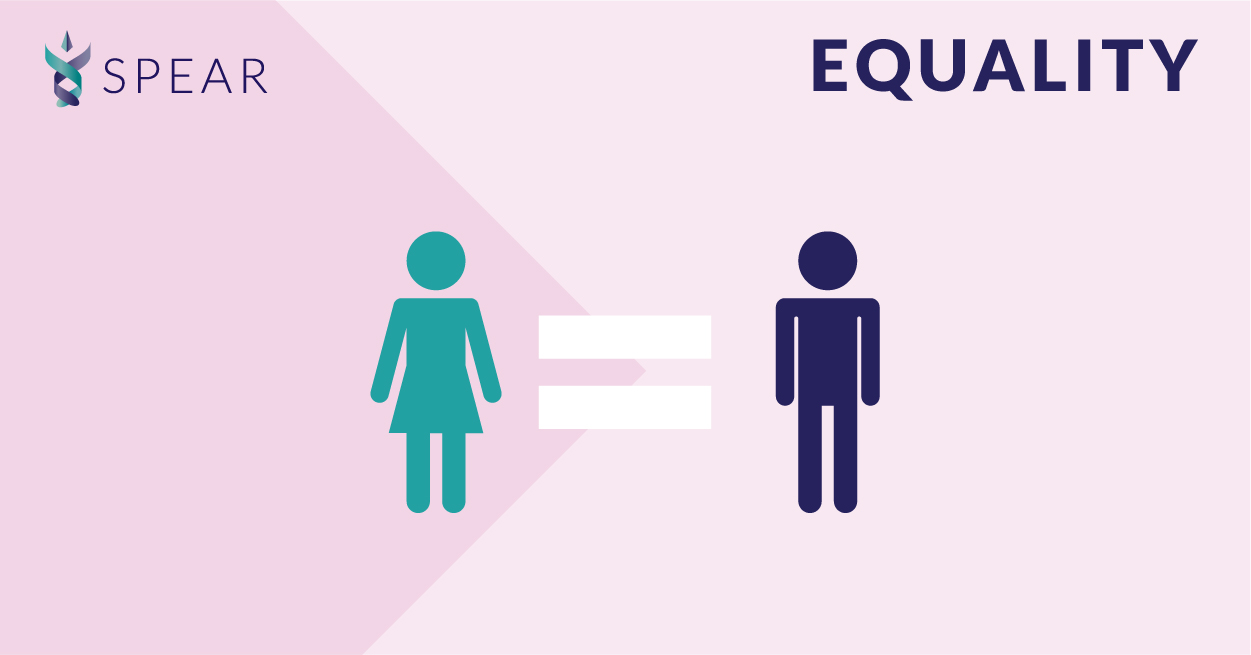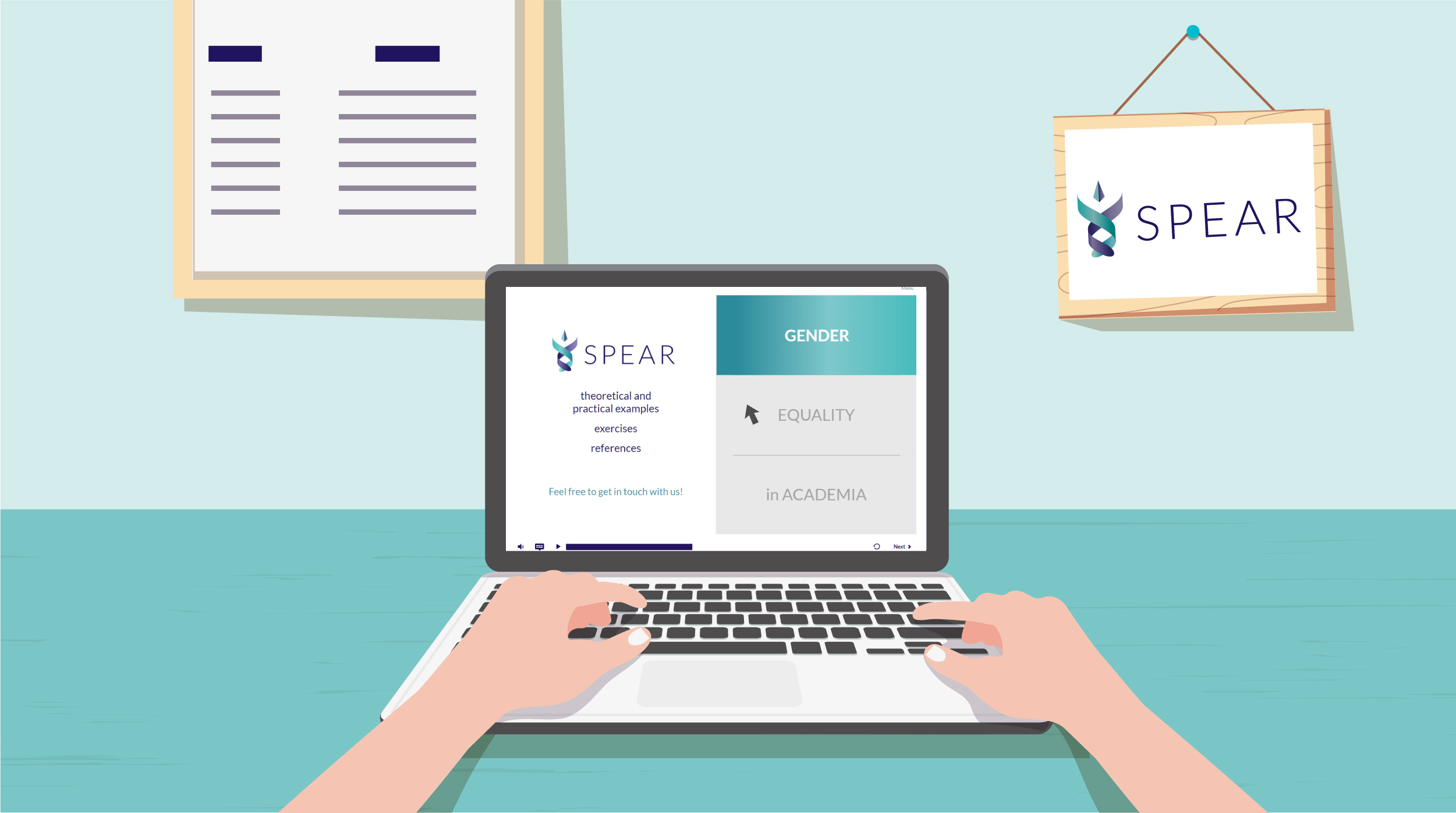According to the Strategy, „14 of the top 20 countries worldwide on gender equality are EU Member States, thus making the European Union a global leader in gender equality. “Thanks to robust equal treatment legislation and jurisprudence, efforts to mainstream the gender perspective into different policy areas, and laws to address particular inequalities, the EU has made significant progress in gender equality in the last decades”. Still, „no Member State has achieved full gender equality and progress is slow”, making it imperative to continue contributing to shaping a better world for women and men, girls and boys.
The SPEAR team has invested great efforts in supporting the implementation of GEPs in our partner organizations, and in raising awareness about the main obstacles hampering gender equality in academia.
As a matter of fact, we have launched our virtual materials on Gender Portal in late January. Each chapter focuses on a different topic prominent to fully understand the importance and implementation of GEPs in academia and includes interactive exercises and practical examples.
There are 4 chapters:
- Gender Equality in Academia (Part I – Gender)
- Gender Equality in Academia (Part II – Equality)
- Gender Equality in Academia (Part III – GE in Academia)
- Gear Tool – Steps 1 & 2
Are you ready to learn and challenge yourself?
Gender

Gender is a big part of how we make sense of the world around us. It can be useful to think about gender in various spheres to help conceptualize this notion:
- Gender representation in numbers or e.g. in terms of female and male role models that affect how we perceive ourselves and are perceived by others;
- Organization: gender is at play in organizations themselves, where organisations and organisational processes are also gendered.
- Context: gender finds its way into aspects of our legislation, our language, politics, history, and culture.
Equality

When it comes to Equality, EIGE defines it as “equal rights, responsibilities and opportunities of women and men and girls and boys”.
Each international organization uses a different criterion when assessing equality: depending on the data used to measure it, different results will be produced. Interestingly, equality legislation matters and high scores on equality indexes can be a result of quite different approaches to defining and ensuring equality. What does it mean practically? Check in the material.
Gender Equality in Academia
Implementing Gender Equality (GE) in Academia is a so-called wicked problem, meaning that it is a problem without clear definitions and solutions that consequently require a complex approach.
What role models do students see? Do we replicate existing gender stereotypes, or do we use our unique positions to actively help change society beyond our institutions? And what can we do about it? All these questions are discussed.
GEAR TOOL
The GEP is a tool for structural change and represents an effective instrument for universities and research organizations to go through all stages of institutional change, from setting up a gender equality plan to evaluating its real impact. Currently, SPEAR is supporting nine European research performing organizations (RPOs) to initiate institutional change and implement gender equality plans. The virtual session on steps 1 and 2 in EIGE’s GEAR TOOL explains how RPOs can successfully implement GEPs and provides useful tips to keep in mind.
With these virtual materials, we hope we shared with you at least a bit of our passion for what we are doing daily in our institutions and the SPEAR project.


